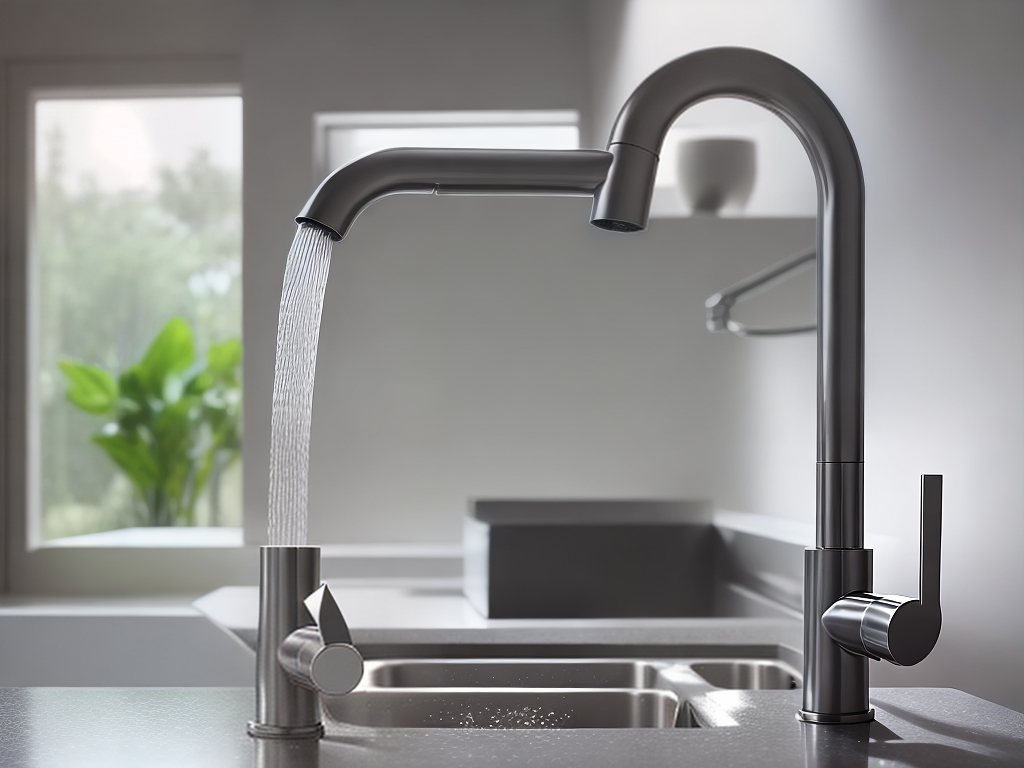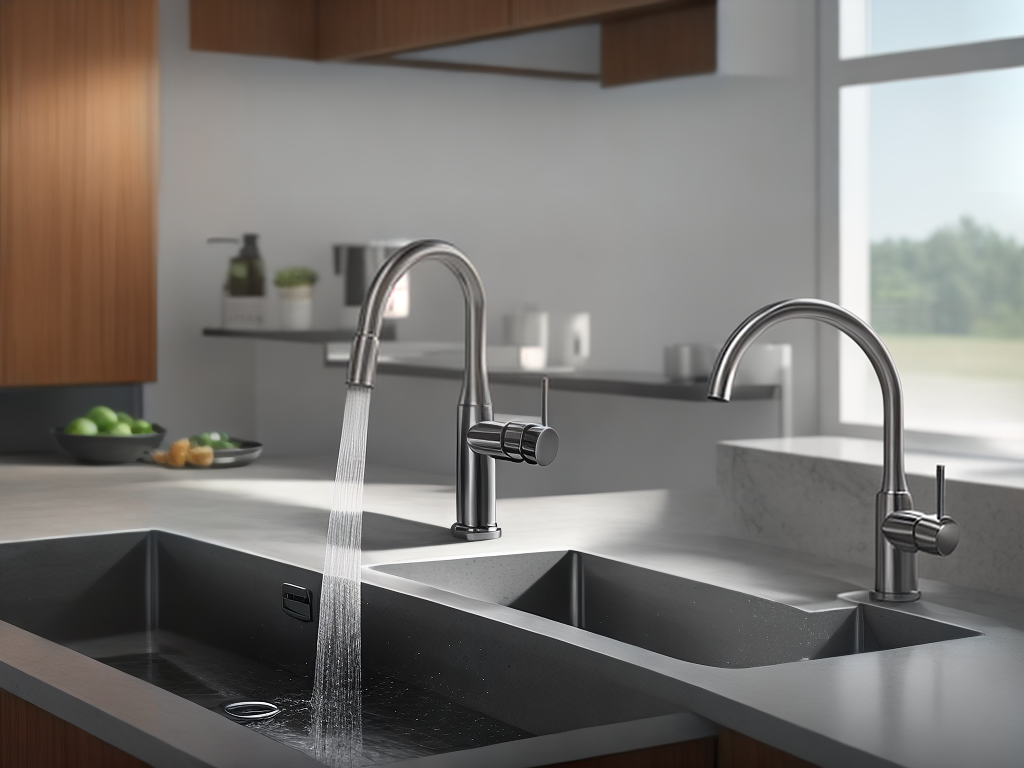Touchless kitchen faucets are a relatively new innovation in kitchen technology, and they are becoming increasingly popular in homes and commercial kitchens around the world. These faucets are designed to turn on and off automatically, without the need for manual control. They use sensors to detect the presence of hands, and the water flows automatically when hands are placed underneath the faucet. While touchless kitchen faucets offer a lot of benefits, they also have their downsides. In this article, we’ll explore the pros and cons of touchless kitchen faucets to help you decide if they are the right choice for your home or business.
Pros of Touchless Kitchen Faucets
- Hygienic: Significant benefit of touchless kitchen faucets is their hygienic properties. Touchless faucets reduce the spread of germs and bacteria, as users don’t need to touch the faucet to turn it on or off. This is particularly important in the kitchen, where the risk of contamination is high. With touchless faucets, users can avoid cross-contamination and keep their hands and surfaces clean. [6]
- Convenient: One of the primary advantages of touchless kitchen faucets is their convenience and ease of use. With just a wave of the hand, the water flow can be turned on and off, making it easier to multitask in the kitchen. This feature is particularly beneficial for those with limited mobility, such as the elderly or people with disabilities. [2]
- Water Conservation: Touchless kitchen faucets are designed to reduce water usage and save money on water bills. By automatically shutting off the water after a certain period of time or as soon as the hose retracts and the spray head reconnects with the rest of the faucet, users can save water and money. The simple act of washing your hands in the sink can consume around 2 gallons of water per minute, but with touchless faucets, the water flow can be easily controlled. [1, 3, 9]
- Aesthetically Pleasing: Touchless kitchen faucets have a modern and sleek design that can add to the overall look and feel of your kitchen. They are available in a wide range of styles and finishes, which can complement the decor of your kitchen. ouchless kitchen faucets are designed to keep the faucet’s finish clean and free of smudges and streaks. As users don’t need to touch the faucet to turn it on or off, there is no risk of leaving fingerprints or smudges on the faucet’s finish. This feature is particularly beneficial for those who want to keep their kitchen looking clean and pristine. [1]
- Durability: Touchless kitchen faucets are designed to be durable and long-lasting. They are made from high-quality materials and are less likely to break or wear down over time.
- Automatic water temperature and flow settings: Touchless kitchen faucets come with automatic water temperature and flow settings, making it easier for users to get the right water temperature and pressure for their needs. This feature is particularly helpful for those with limited mobility or arthritis, as it eliminates the need for twisting knobs and handles. [1]
Cons of Touchless Kitchen Faucets
- Cost: One of the primary drawbacks of touchless kitchen faucets is their high cost compared to traditional faucets. Touchless kitchen faucets can cost significantly more than traditional faucets, even for products of similar quality. [4]
- Installation: Installing a touchless kitchen faucet can be more time-consuming and expensive than installing a traditional faucet. This is because touchless faucets require additional wiring and plumbing, which can make the installation process more complex. Additionally, if the installation is not done correctly, it can result in sensor failure, leaks, or other issues. [4]
- Batteries: Touchless kitchen faucets require batteries to operate. This can be inconvenient, as the batteries will need to be replaced periodically.
- Sensitivity: One potential issue with touchless kitchen faucets is that children may accidentally activate the faucet without intending to. This can result in unnecessary water usage and potentially create a mess. It is important to supervise children when they are using touchless faucets to ensure that they are using them properly. [3]
- Learning Curve: It can take some time to get used to a touchless kitchen faucet. You will need to learn how to position your hands correctly to activate the sensors, and this can take some practice.
- Reliability: Risk of sensor failure – Touchless kitchen faucets rely on sensors to detect motion and turn the water flow on and off. However, these sensors can sometimes fail or malfunction, which can result in frustrating issues like inconsistent water flow or no water flow at all. [4]
Conclusion
In conclusion, touchless kitchen faucets have both advantages and disadvantages that users need to consider before making a purchasing decision. While they offer significant benefits such as convenience, hygienic properties, and potential water savings, they can be more expensive than traditional faucets, and the quality and reliability of touchless faucets can vary. Additionally, users need to be aware of potential issues like sensor failure, installation complexity, and the fact that touchless faucets may not be completely touch-free. By carefully considering these factors and choosing a high-quality touchless faucet from a reputable manufacturer, users can enjoy the benefits of touchless kitchen faucets while avoiding potential drawbacks.




